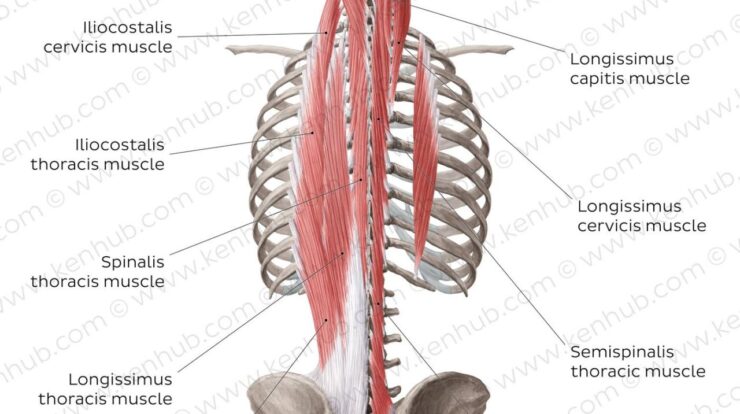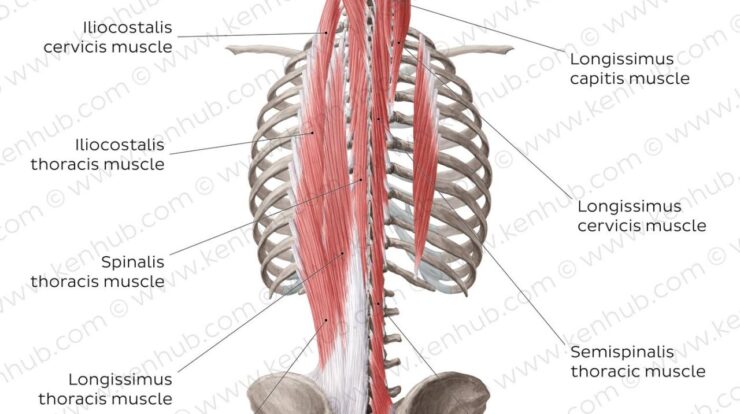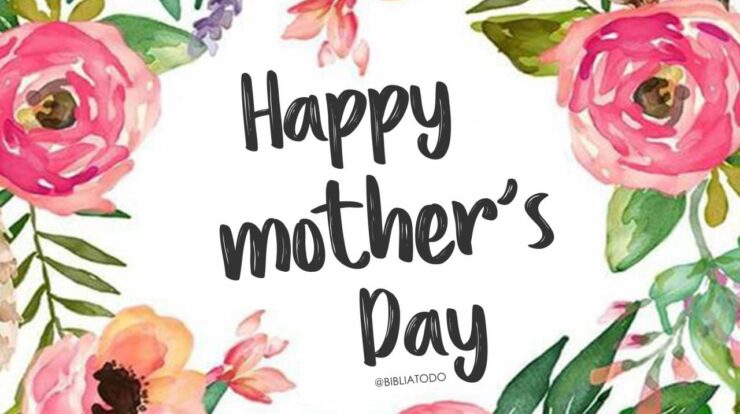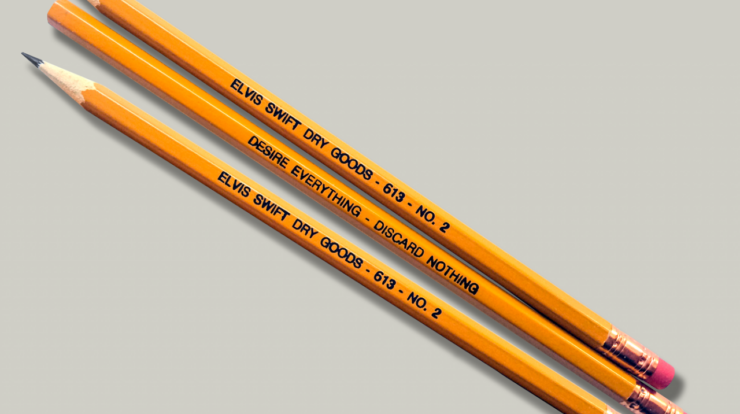
Pencil meaning – From humble beginnings as a simple writing instrument to its transformative role in art and education, the pencil has left an indelible mark on human history. Its versatility and accessibility have made it a beloved tool for generations, shaping countless lives and inspiring creativity.
Beyond its practical applications, the pencil holds cultural and historical significance, reflecting the evolution of human ingenuity and the pursuit of knowledge. Join us as we delve into the fascinating world of pencils, exploring their components, manufacturing process, artistic impact, and educational value.
Pencil Meaning
Pencils are ubiquitous writing and drawing instruments that have played a significant role in human history. They are composed of a graphite core encased in a wooden barrel, making them both durable and versatile.
Pencil as a Writing Instrument
Pencils are widely used for writing due to their versatility and ease of use. They allow for smooth, precise strokes and can be easily erased, making them ideal for note-taking, sketching, and drafting.
Different types of pencils are available, each with its own characteristics. Soft pencils, denoted by the letter “B,” produce darker lines and are suitable for shading and drawing. Hard pencils, denoted by the letter “H,” produce lighter lines and are better suited for precise writing and technical drawing.
Pencils offer several advantages over other writing tools. They are relatively inexpensive, widely available, and do not require ink or refills. Additionally, pencils can be sharpened to a fine point, allowing for detailed writing and drawing.
Pencil Components
A pencil consists of several key components that contribute to its functionality:
- Graphite Core:The core of a pencil is made of graphite, a soft, black mineral. Graphite is mixed with clay to create different grades of hardness.
- Wooden Barrel:The graphite core is encased in a wooden barrel, which protects it from breakage and provides a comfortable grip.
- Eraser:Many pencils have an eraser attached to the end, which allows for mistakes to be easily corrected.
The grade of graphite used in a pencil affects its performance. Softer pencils (6B-9B) contain more graphite and produce darker lines, while harder pencils (4H-9H) contain less graphite and produce lighter lines.
Pencil Manufacturing Process, Pencil meaning
The manufacturing process of pencils involves several steps:
- Graphite Extraction and Refining:Graphite is extracted from mines and purified to remove impurities.
- Pencil Core Formation:The purified graphite is mixed with clay and water to form a paste, which is then extruded into thin rods.
- Insertion into Wooden Barrels:The graphite rods are inserted into pre-drilled holes in wooden barrels.
- Finishing:The pencils are painted or varnished to protect them from moisture and damage.
Pencil in Art and Design
Pencils are a versatile tool for creating art. They are used for sketching, drawing, and painting, allowing artists to create a wide range of effects.
Pencils can be used to create soft, blended lines or sharp, detailed lines. Artists use different techniques, such as hatching, cross-hatching, and shading, to create depth and texture in their artwork.
Famous artworks created using pencils include Leonardo da Vinci’s “Mona Lisa” and Vincent van Gogh’s “The Starry Night.”
Pencil in Education
Pencils are an essential tool in education, particularly in early childhood development.
Pencils help children develop fine motor skills and hand-eye coordination. They also encourage creativity and self-expression through drawing and writing.
In educational settings, pencils can be used for:
- Handwriting practice
- Drawing and sketching
- Problem-solving and critical thinking
Cultural and Historical Significance
Pencils have a rich cultural and historical significance. They have been used for centuries to write, draw, and communicate.
The design and usage of pencils have evolved over time. Early pencils were made of solid graphite and were used by artists and craftsmen.
The invention of the wooden-encased pencil in the 16th century made pencils more widely accessible and led to their widespread use in education and everyday life.
Wrap-Up
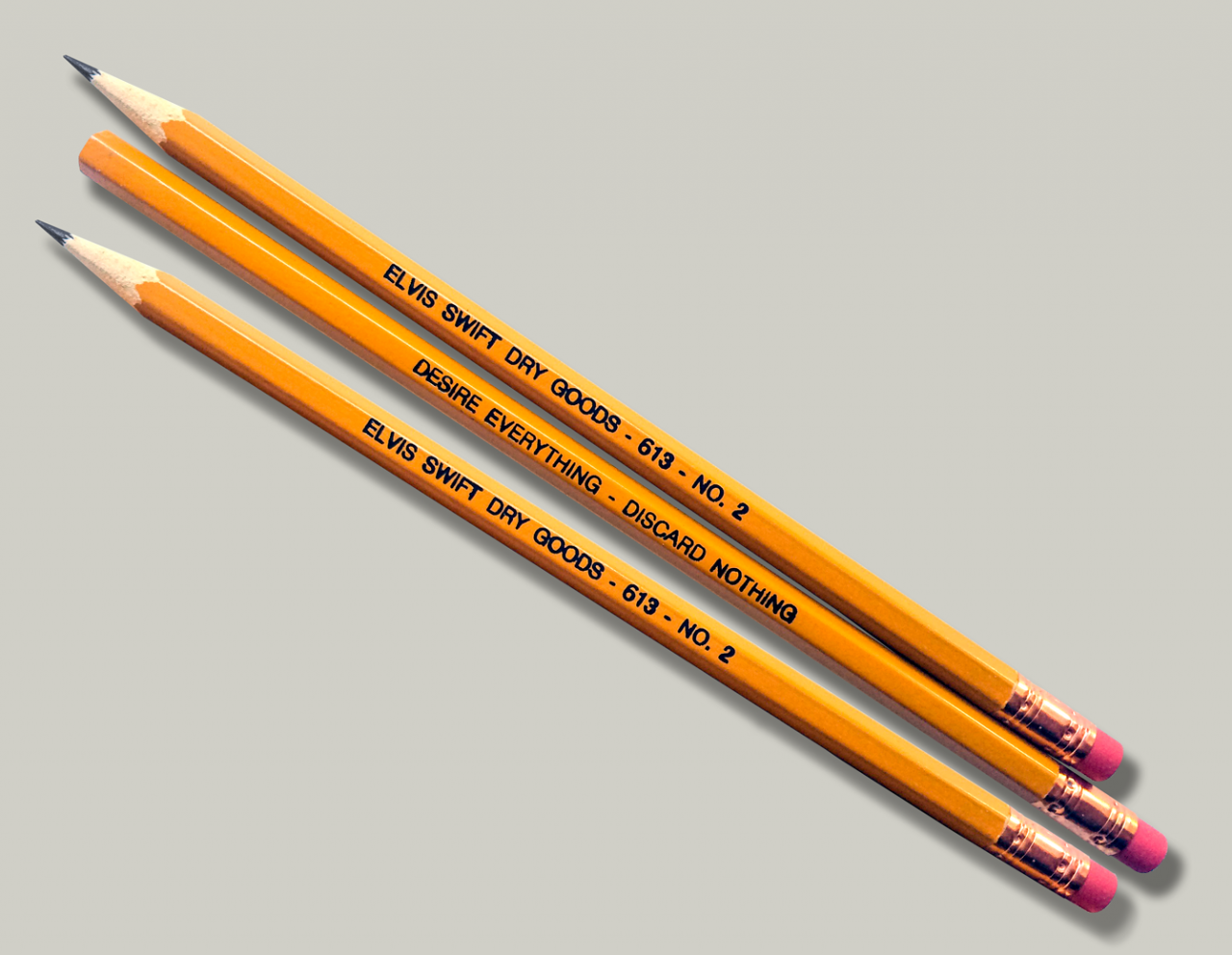
In the tapestry of human endeavor, the pencil remains an enduring thread, connecting us to the past, empowering the present, and inspiring the future. Whether in the hands of a child learning to write or a master artist creating a timeless masterpiece, the pencil continues to play a vital role in shaping our world.
Answers to Common Questions
What are the main components of a pencil?
A pencil typically consists of a graphite core encased in a wooden barrel, with an eraser attached to one end.
What is the role of graphite in a pencil?
Graphite is the core material of a pencil and is responsible for creating the marks on paper.
How are pencils manufactured?
Pencil manufacturing involves extracting and refining graphite, forming pencil cores, and inserting them into wooden barrels.
What are the different types of pencils?
Pencils come in various types, each with a different grade of graphite, ranging from soft (e.g., 6B) to hard (e.g., 9H), to suit different writing and drawing needs.
